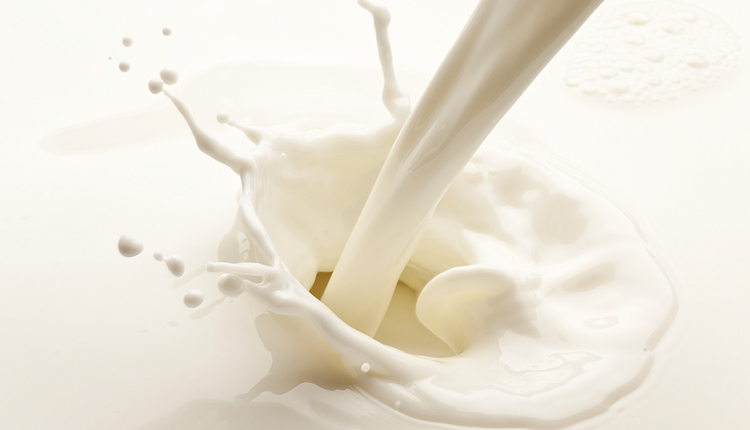
While these announcements have garnered significant attention and interest, they are initial trade frameworks that will set up further negotiations and hopefully result in more concrete commitments down the line. For the most part, the details of these deals have yet to be fully worked out. The frameworks vary in scope and detail, some cite a limited set of specific agricultural provisions, and others hint at a greater market access scope.
Promising proposals for dairy
Most promising so far for dairy is the United States’ framework with Indonesia. Already U.S. dairy’s seventh largest export market, this deal is primed to eliminate tariffs on approximately 99% of total U.S. exports, and most importantly, recognize U.S. regulatory oversight.
The U.S.-Indonesia deal framework is a milestone in the National Milk Producers Federation’s (NMPF) and U.S. Dairy Export Council’s (USDEC) yearslong engagement with Indonesian officials. During trade missions in the U.S. and Indonesia, USDEC has educated agriculture and trade officials on the most pressing impediments to trade, including the tariff imbalance facing U.S. dairy exporters, regulatory hurdles, and lack of protections for common cheese names. The U.S.-Indonesia framework fact sheet touts progress on each of these fronts.
Specifically, by committing Indonesia to accept listings of U.S. dairy facilities and certificates from U.S. regulatory authorities, the agreement would eliminate the need for U.S. dairy facilities to seek registration with the Indonesian government and wait for years to be authorized. Moreover, the deal commits Indonesia to a fair and transparent process for handling geographical indications for cheeses — a barrier that in other markets has negatively affected use of terms like “Parmesan.”
The agreement also provides a firmer platform to build on NMPF and USDEC’s ongoing efforts to support the integration of school milk into Indonesia’s new Free Nutritious Meals program and the use of U.S. milk powder to complement local milk supplies as that feeding program is implemented.
Elsewhere in Asia, the frameworks with Vietnam and the Philippines appear poised to lower tariffs into those markets, allowing the U.S. to be more competitive with Australia and New Zealand suppliers, who benefit from recent free trade agreements.
The U.S.-EU announcement offers the prospect of certain benefits for dairy exporters, including some degree of new market access into the EU and commitments to streamline requirements for sanitary certificates for U.S. dairy products. Unfortunately, the framework doesn’t address the issue of geographical indications’ restrictions of common names, which has been a barrier to the sale of cheese and other products in Europe and around the world. It remains to be seen whether the deal will be deep and broad enough to make a real dent in the EU’s discriminatory trade policies that drive the nearly $3 billion transatlantic dairy trade deficit.
U.S. dairy’s leading advocates
As confidential trade advisers, NMPF and USDEC are providing guidance to the U.S. Trade Representative’s office and USDA as the negotiations progress and are stressing the need to expand market access, particularly in markets where American exporters are currently at a disadvantage. In addition to the frameworks announced to date, ongoing negotiations with additional key markets such as Taiwan and others offer potential opportunities as well.
As the U.S. government moves to expand on the frameworks and secure concrete, lasting commitments, NMPF and USDEC will continue to press for reduced tariffs, committed protections of common food names, and science-based regulations.








